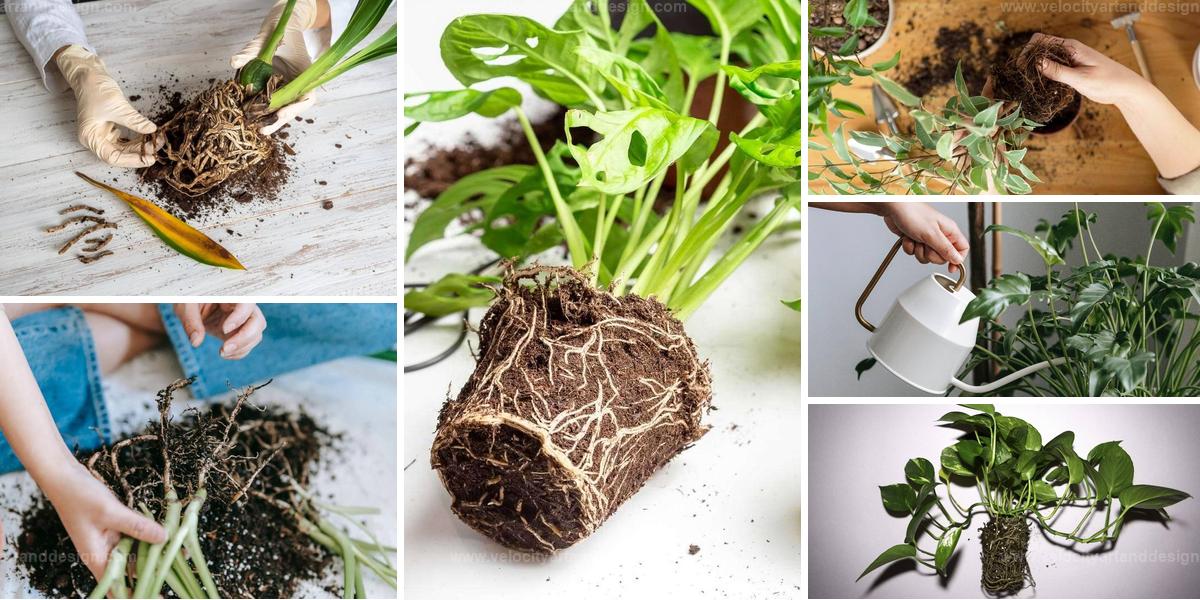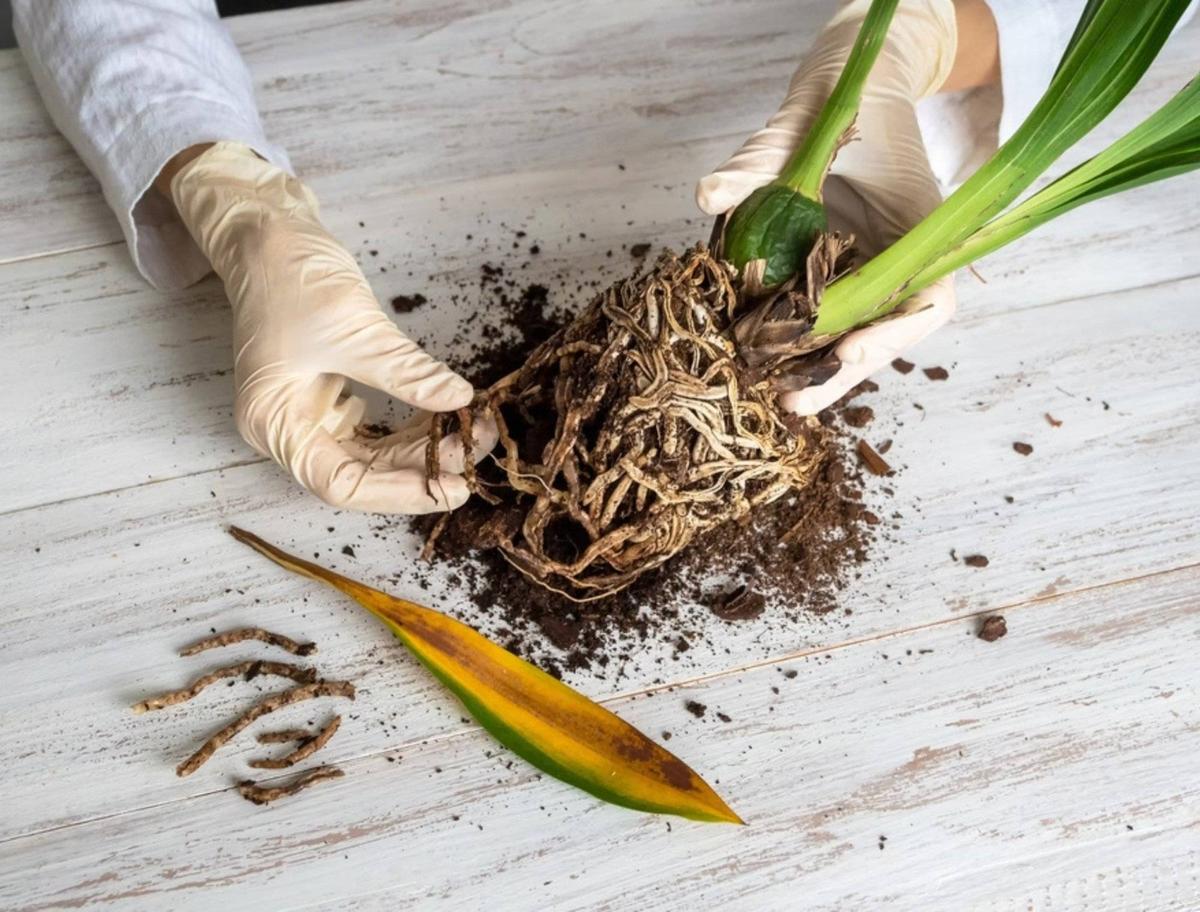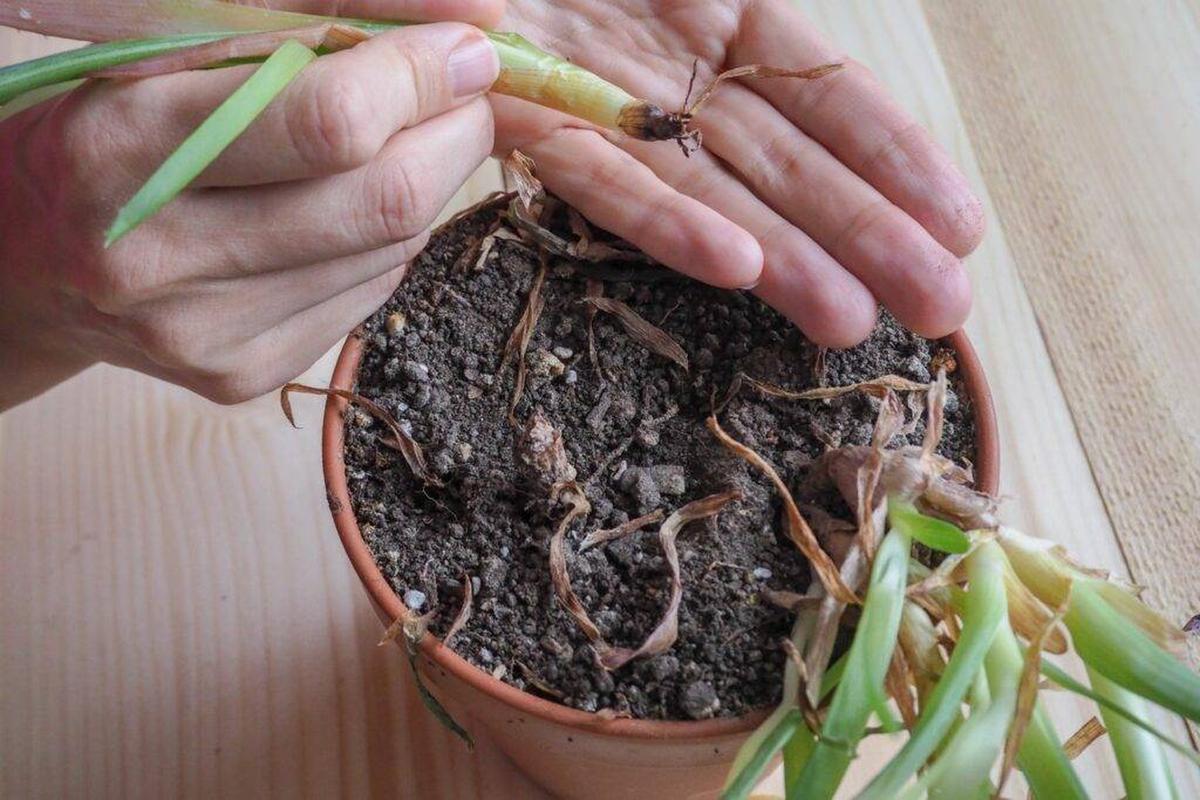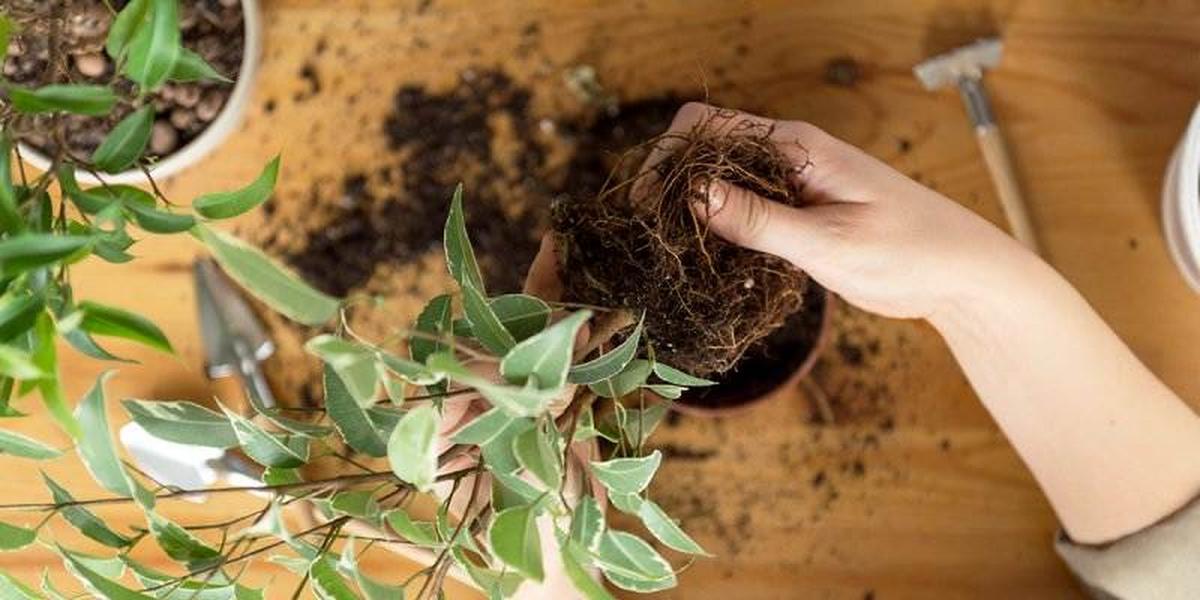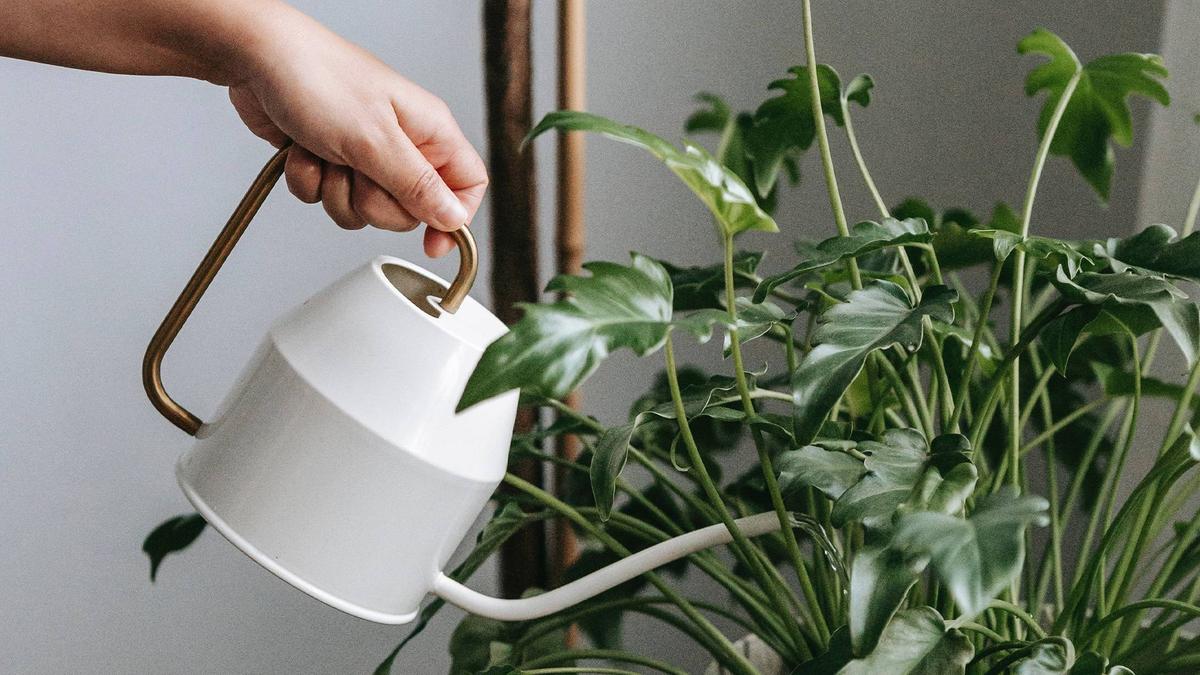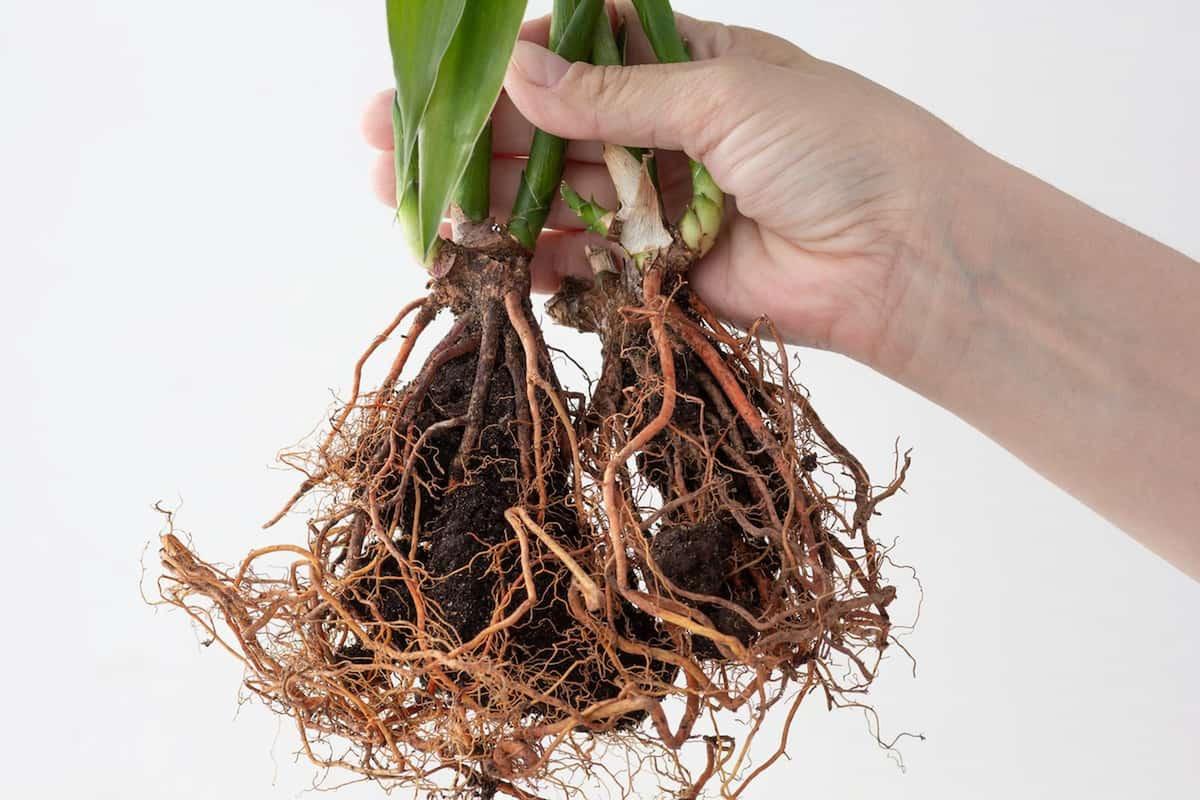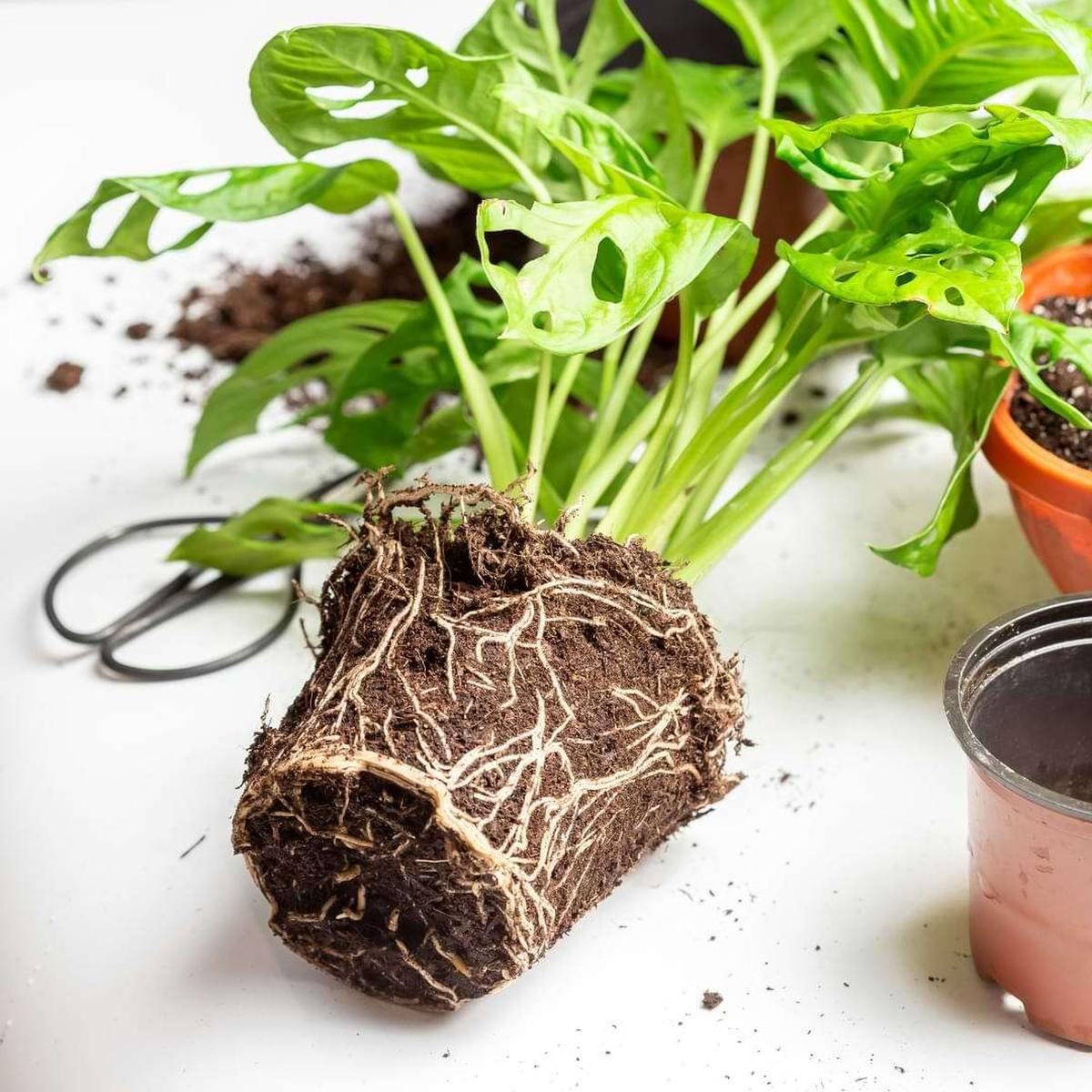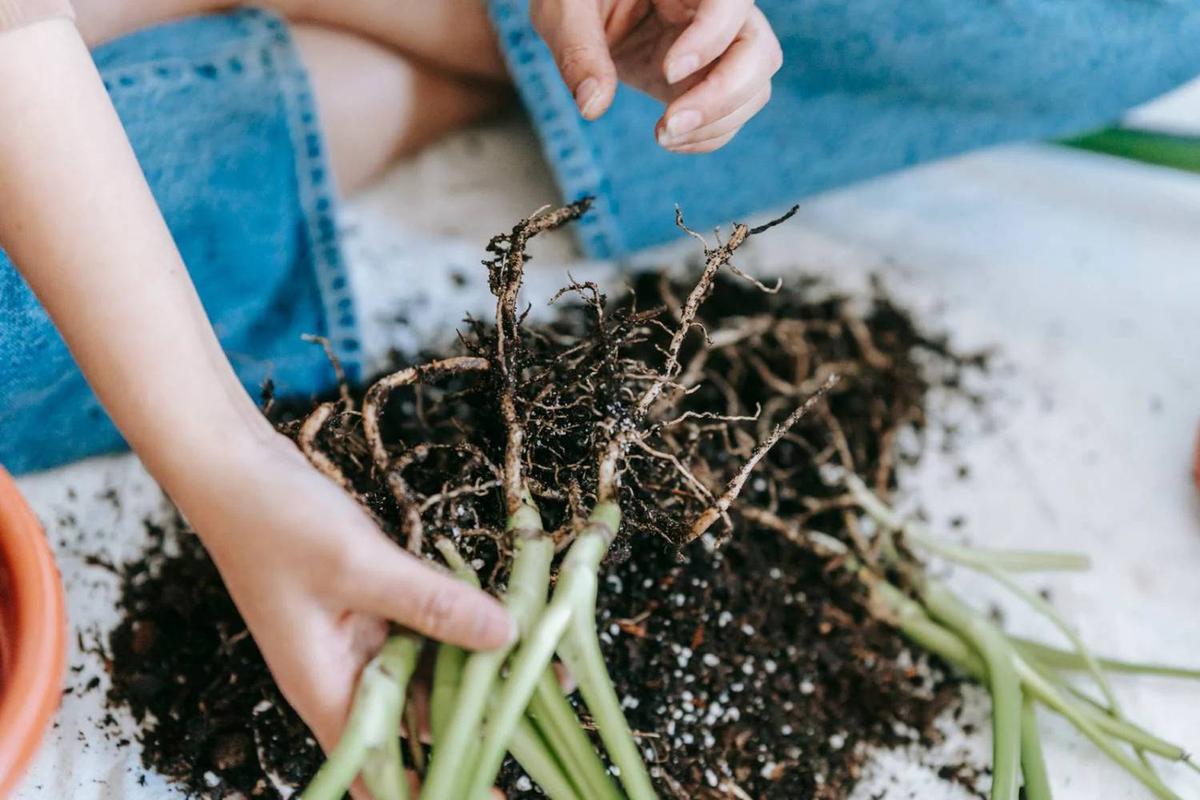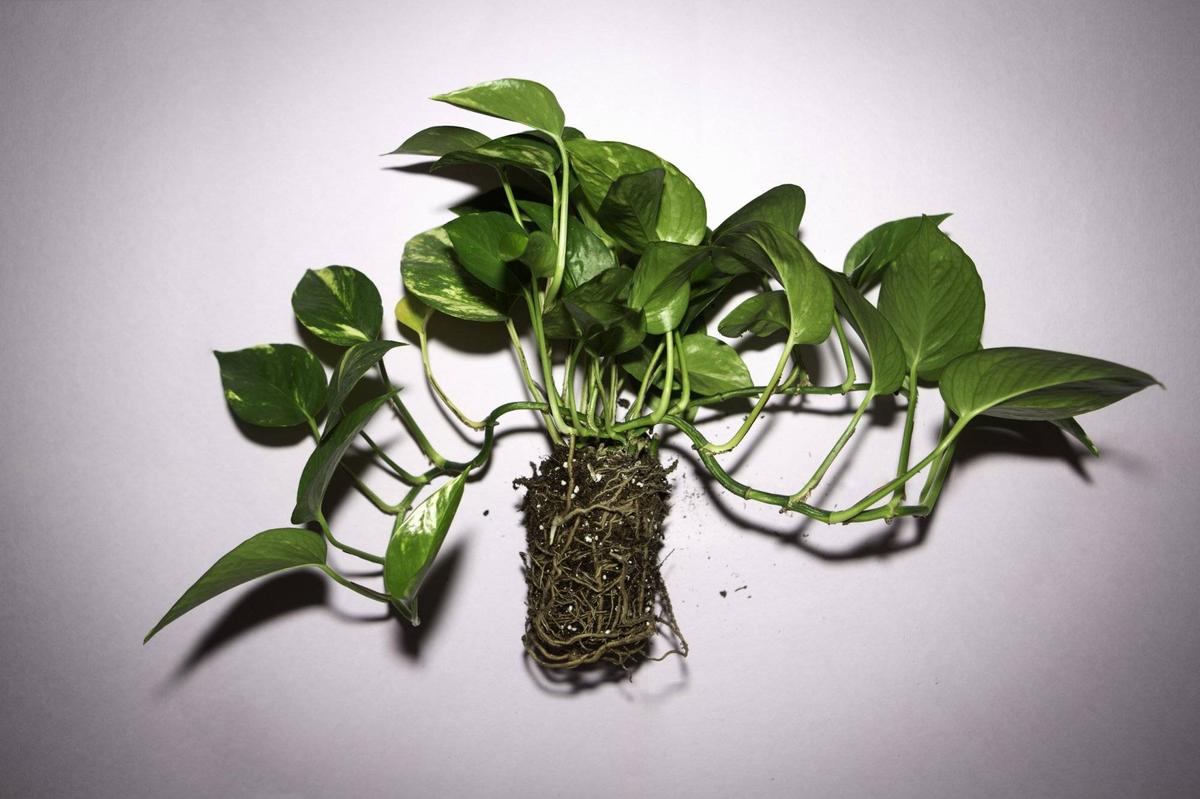8 Effective Root Rot Treatment Tips to Save Your Plants
Root rot can be a devastating problem for plant lovers, often caused by excess moisture and poor drainage. Recognizing the early signs is crucial for saving your plants and preventing further damage.
Brown, soft roots and discolored leaves often signal this common issue. Acting quickly with proper treatments can restore your plant's health before it’s too late.
Understanding how to prevent and treat root rot will help your plants thrive for years to come. Let’s uncover the 8 symptoms and treatments for root rot to keep your plants flourishing.
Check Plant Health
Evaluating the health of your plant is crucial for its longevity.
Start by inspecting for root rot indicators like wilting or yellow leaves, mushy roots, and unpleasant smells emanating from the soil.
Carefully take out the plant from its container to get a clear view of the root system.
This thorough check can help you catch issues early on and ensure your green companion thrives in good condition.
Trim Problem Roots
Addressing root issues in plants is essential for their overall health. First, ensure your scissors or pruning shears are clean and sharp to prevent further damage.
Next, identify any roots that appear soft or discolored; these should be removed entirely. Aim to cut back until you reach firm, healthy tissue beneath the infected areas.
This practice not only promotes recovery but also enhances the plant’s growth potential moving forward.
Repot as Needed
Repotting a plant is essential for its health and growth. Start by selecting a new container that offers drainage holes, ensuring it’s a tad bigger than the old one.
A quality potting mix made from peat moss, perlite, and vermiculite promotes healthy roots. Begin with adding some fresh soil at the bottom of your chosen pot before placing the plant in position.
Finally, gently fill in around the roots with additional mix to provide support and nourishment as it thrives in its new environment.
Adjust Watering Levels
Adjusting your watering routine can significantly impact plant health. To maintain robust roots, let the soil dry out to a certain extent before adding more water.
Checking that the top inch of the soil is dry ensures you’re not overdoing it. Standing water in saucers leads to root rot, so be mindful of excess moisture around your plants.
Developing this habit fosters a healthier environment for growth and vitality in your greenery.
Improve Drainage System
To ensure your plants thrive, focus on enhancing drainage in the potting mix. If you notice that water is lingering too long around the roots, think about incorporating materials like perlite or coarse sand into the mix.
This adjustment promotes better airflow and prevents root rot by allowing excess moisture to escape more efficiently. A well-draining environment supports healthier growth for your beloved greenery.
Prioritizing proper drainage can make a significant difference in plant vitality and longevity.
Monitor Humidity Regularly
Monitoring humidity is essential for the health of peace lilies. While they thrive in moist conditions, too much humidity can lead to serious issues like root rot.
Keeping air circulation steady helps prevent stagnant moisture around the plant. In overly humid environments, utilizing a dehumidifier or strategically placed fans can effectively manage moisture levels and create a balanced atmosphere for growth.
Adjusting these factors ensures your peace lily remains vibrant and healthy without risk from excess dampness.
Use Fungicide if Needed
Addressing severe or ongoing root rot in your houseplants may require a targeted solution. Opt for a fungicide designed to combat this specific issue, ensuring that you select one meant for indoor plants.
Read the product instructions thoroughly to achieve optimal results and apply it exactly as recommended. Proper treatment can significantly improve plant health and revive their vitality over time.
Taking proactive measures will help protect your greenery from further damage while promoting recovery.
Observe and Care
Monitoring your peace lily is essential for its health. Regularly check for signs of root rot, which can hinder growth.
Good plant care involves swiftly removing any dead leaves and inspecting the roots to catch issues early on. Ensuring that you use well-draining soil and watering appropriately plays a vital role in preventing future problems with root rot.
By taking these steps, I guarantee your peace lily will flourish beautifully over time.

